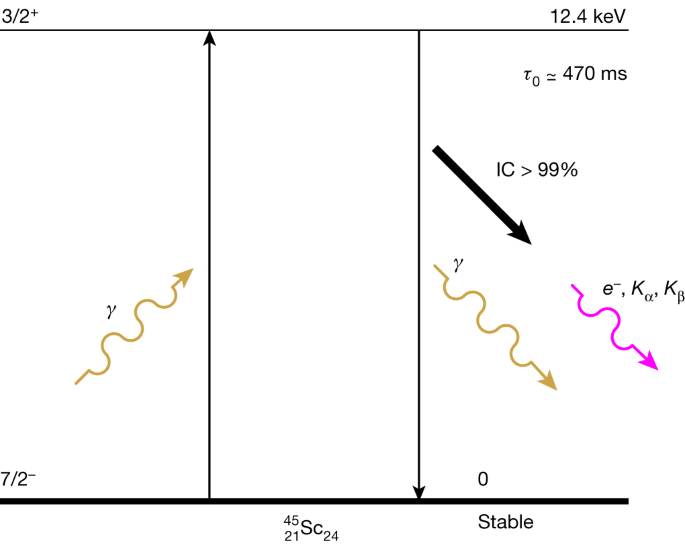2023-11-16 カリフォルニア工科大学(Caltech)

◆特に、松から放出されるα-ピネンとβ-ピネンの2つの化合物に焦点を当て、これらが森林地域で大気エアロゾルを形成する主要な要因であることが明らかになりました。これにより、大気化学におけるエアロゾルの組成と形成メカニズムの理解が進み、環境への影響を正確に評価するための基盤が構築されました。
<関連情報>
- https://www.caltech.edu/about/news/chemists-tackle-formation-of-natural-aerosols
- https://www.science.org/doi/10.1126/science.adi0857
ピネン二次有機エアロゾル中の二量体エステルを形成する粒子相付加体 Particle-Phase Accretion Forms Dimer Esters in Pinene Secondary Organic Aerosol
Christopher M. Kenseth,Nicholas J. Hafeman,Samir P. Rezgui,Jing Chen,Yuanlong Huang,Nathan F. Dalleska,Henrik G. Kjaergaard,Brian M. Stoltz,John H. Seinfeld,and Paul O. Wennberg
Science Published:16 Nov 2023
DOI:https://doi.org/10.1126/science.adi0857
Editor’s summary
The physical and chemical properties of secondary organic aerosols (SOAs) depend on the species that they contain, but it is far from clear what those species are and how they were formed. Kenseth et al. report the structures of several types of dimer esters formed from the ozonolysis of α-pinene and β-pinene, major global sources of SOAs. The chemistry they describe likely represents a general pathway to dimeric compounds in ambient SOAs. —H. Jesse Smith
Abstract
Secondary organic aerosol (SOA) is ubiquitous in the atmosphere and plays a pivotal role in climate, air quality, and health. The production of low-volatility dimeric compounds through accretion reactions is a key aspect of SOA formation. However, despite extensive study, the structures and thus the formation mechanisms of dimers in SOA remain largely uncharacterized. In this work, we elucidate the structures of several major dimer esters in SOA from ozonolysis of α-pinene and β-pinene—substantial global SOA sources—through independent synthesis of authentic standards. We show that these dimer esters are formed in the particle phase and propose a mechanism of nucleophilic addition of alcohols to a cyclic acylperoxyhemiacetal. This chemistry likely represents a general pathway to dimeric compounds in ambient SOA.



